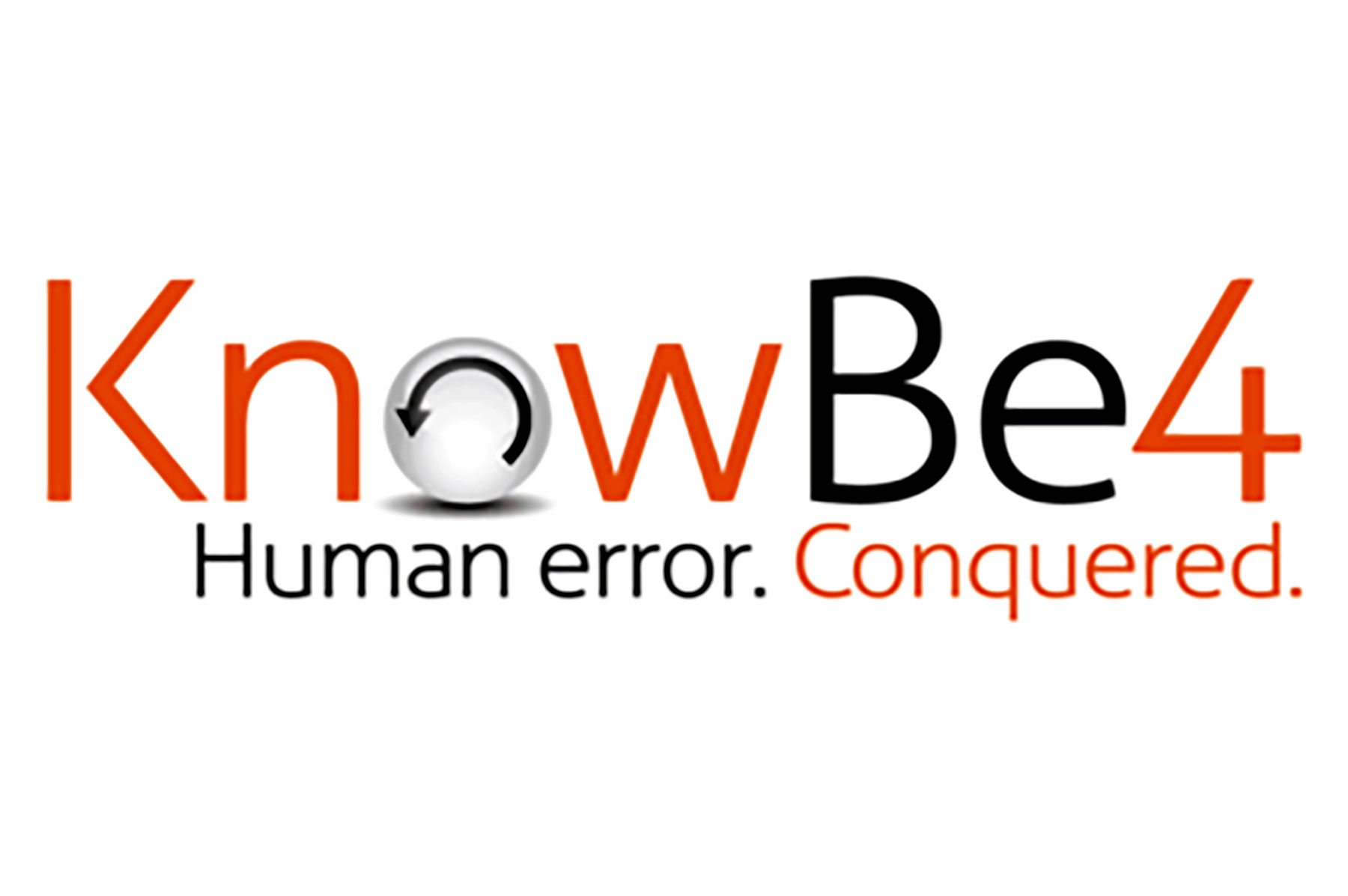Many organizations use platforms such as Microsoft Teams, Google Drive, or Zoom to stay connected. Unfortunately, these trusted communication tools can lead to a false sense of security. Just like with traditional email, bad guys can use these platforms to launch a cyber-attack. Below are three examples of how cybercriminals use these platforms for phishing – and what you can do to keep your organization safe!
Lurking: Recently, a cybercriminal gained access to an organization’s Microsoft Teams channel, which is similar to a group message or a chat room. The scammer lurked in the channel for nearly a year, reading messages, collecting data, and waiting for the perfect time to strike. Finally, someone asked that a file be shared to the channel and the bad guy used this opportunity to send a malicious ZIP file. When opened, the file installed malware that gave the scammer full access to the victim’s computer.
Remember: If someone sends you a link or an attachment, verify that you know and trust the sender before you click.
Playing Tag: On Google Drive, anyone can be tagged in a file, so long as their Gmail address is valid. This means that if a bad guy tags you in a Google document, you will receive a legitimate notification from Google that includes a link to the bad guy’s file. If you view the bad guy’s file, you’ll likely find that it tells you to click another link. This second link is actually a malicious attempt to steal your sensitive information.
Remember: If you receive a suspicious notification, contact your IT department or follow the specific security procedure for your organization.
Phony Notifications: Attending meetings on Zoom is as simple as clicking a button within an email. Unfortunately, getting phished is just as easy. Cybercriminals send out fake Zoom notifications that claim you missed an important meeting. They use a sense of urgency to get you to click on a link to view the meeting schedule. But don’t be fooled! The link actually sends you to a phony login page designed to steal your username and password.
Remember: If an email asks you to log in to an account or online service, log in to your account through your browser – not by clicking the link in the email.
Stop. Look. Think. Don’t be fooled.

